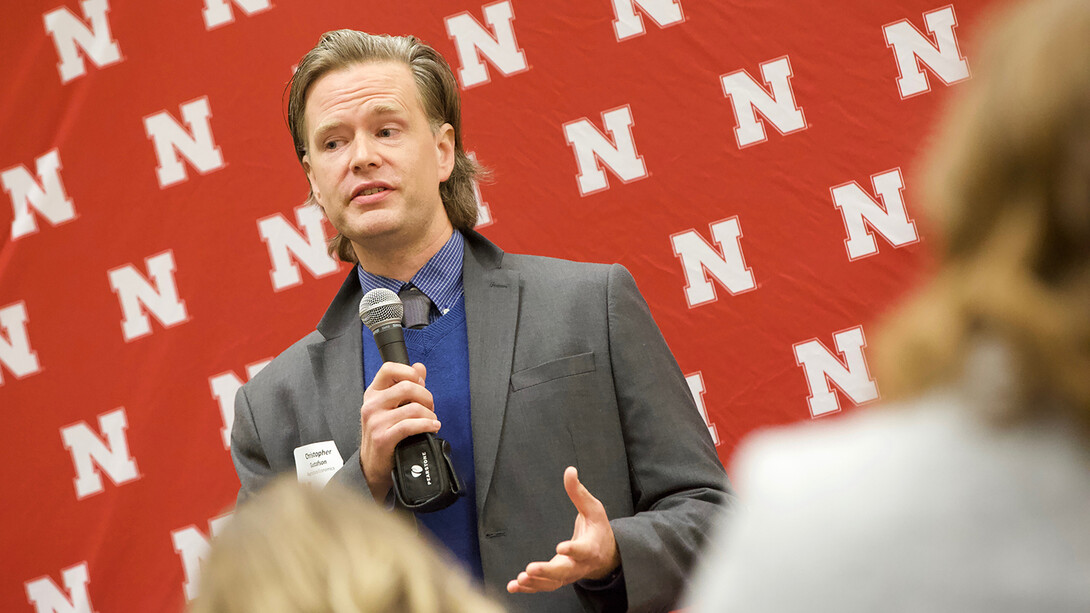
Reporters seeking soundbites on sound bites — especially their agricultural, genetic, biochemical and psychological influences — assembled at the University of Nebraska–Lincoln’s Food Innovation Center for its second annual Research Media Day.
Patterned after the media days traditionally held on the gridiron, hardwood or diamond, the Jan. 29 event gave reporters access to three highly ranked Husker teams and an emerging star who all focus on what fuels the athlete and non-athlete alike: food.
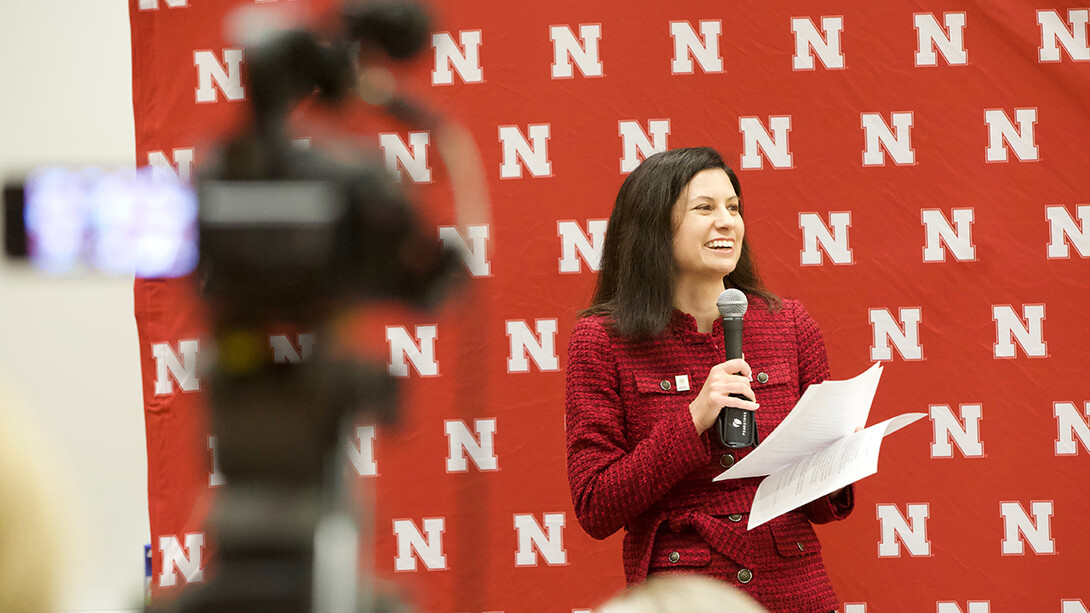
Husker experts on two food-related scourges that afflict tens of millions in the United States alone — obesity and allergies — took the microphone to explain how their teams are working to understand and ultimately combat each.
Melanie Downs, a member of the university’s internationally consulted Food Allergy Resource and Research Program, illustrated the plight of allergy sufferers by comparing trips to the grocery store. For those without allergies, she said, the most distressing decision might involve which chips to buy for a Super Bowl party. But for others, grocery shopping becomes fraught with potentially life-and-death stakes that often balance on a gamut of complex issues: how food processing affects allergen behavior, what allergen levels can be tolerated by whom, which tools can properly assess those levels.
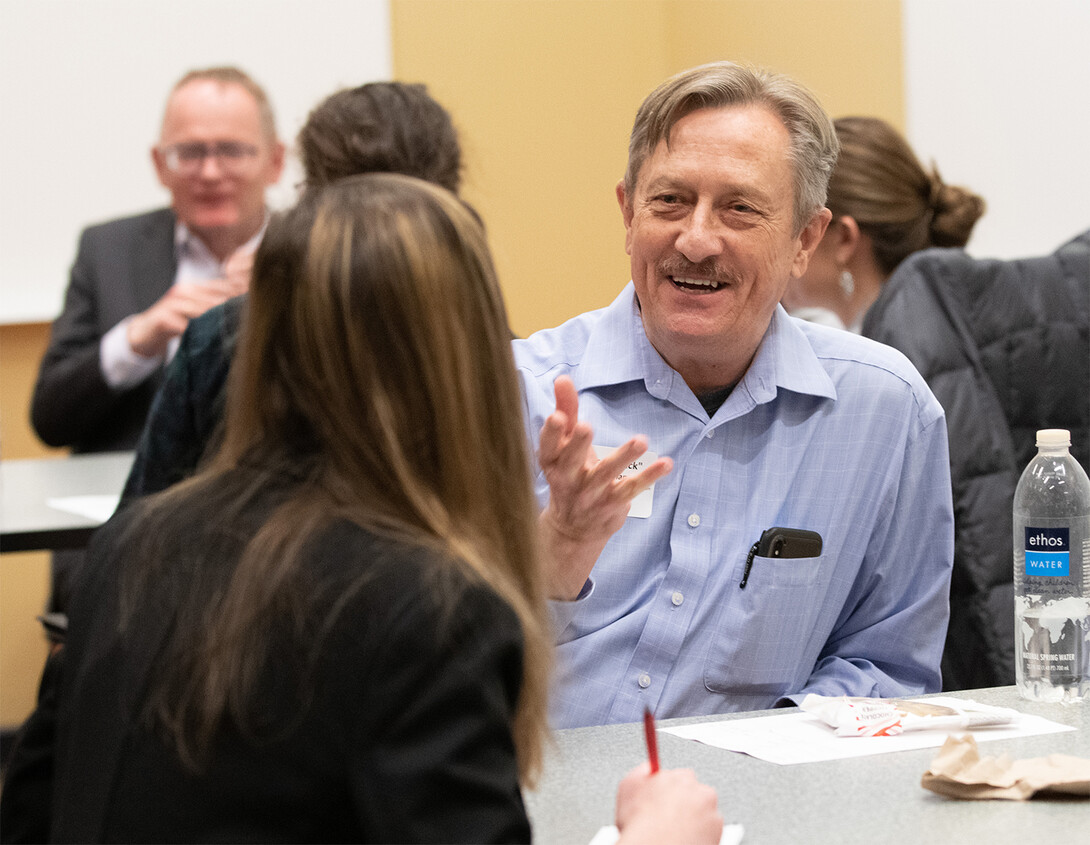
The obesity epidemic, meanwhile, recently spurred the National Institutes of Health to invest a second $11-million round of funding in the university’s Nebraska Center for Prevention of Obesity Diseases. Its director, Janos Zempleni, described the center’s focus as the “small molecules in foods that make big differences” in preventing obesity and its related maladies, from Type 2 diabetes to heart disease.
Those outcomes, and many others, also seem to hinge on the 100 trillion micro-organisms that inhabit the typical gastrointestinal tract, as emphasized by Andrew Benson and other members of the Nebraska Food for Health Center. The center is examining the issue from multiple angles, its researchers said, whether tailoring and growing food that contains more microbe-friendly compounds, introducing beneficial microbes that can survive the gut’s competitive ecosystem, or discerning how certain microbe species communicate with the body’s immune system.
“To people in an agriculturally oriented state, this stuff’s important, and we’re one of the few places in the world connecting agriculture to health in the way we are,” Benson said. “The things we’re finding are really eye-opening. Going in, we thought they would be. We suspected it; now we’ve seen it.”
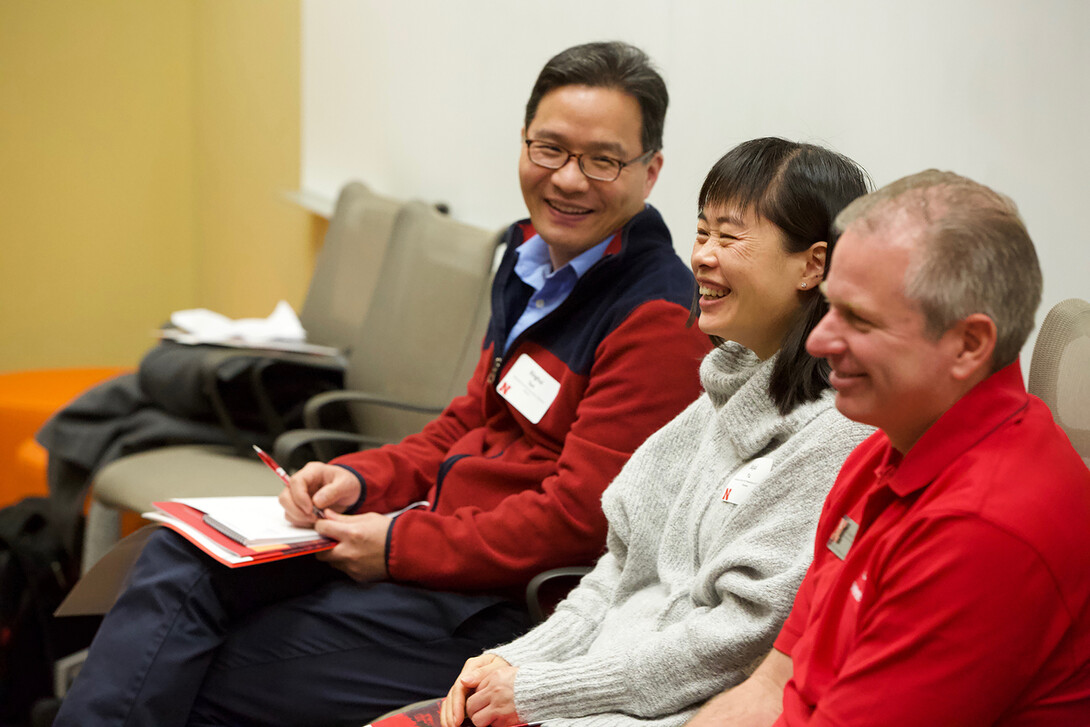
While his counterparts work to make food play nicely with those microbes and other physiological systems, agricultural economist Christopher Gustafson is learning how psychology-based incentives can influence which foods people actually choose to eat. That research has detailed how the timing of a decision can shape whether people select a brownie vs. apple as a post-workout snack, for instance, and how some may subconsciously underestimate their caloric intake to indulge in a higher-calorie sandwich.
Psychology and perception likewise matter when it comes to communicating the science of food, said Robert Hutkins, who researches gut bacteria with the Food for Health Center.
“We live in a germophobic society,” he said. “Sometimes I think our food and our environment is too sterile. Microbes can be beneficial — especially the microbes that live in our gut. But the microbes that live in our mouth and other places in our body can also be beneficial if we have the right ones.”
Even as someone who has written a food-related column for the Lincoln Journal Star, Hutkins said that communicating those lessons — and doing it in a way that’s comprehensible to non-experts — remains a challenge. Preparing for and participating in events such as Research Media Day, he said, can help.
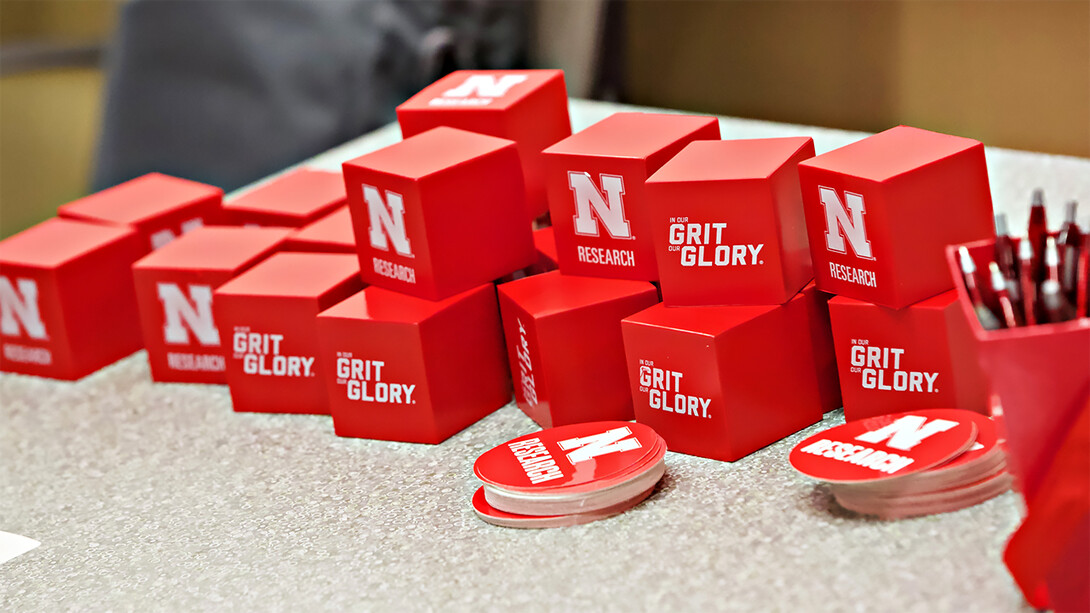
“One of the missions of the university is science literacy and science communication,” Hutkins said. “So we really work hard at it. There’s been training for scientists to learn how to do this better. It’s not necessarily in our nature to communicate this way; we like to communicate in real technical terms. In (these contexts), I do try to communicate like I do with neighbors and friends and family.”
Benson agreed, comparing the process of honing his outreach skills to the experience of walking into an undergraduate classroom after years of going down, and often digging, the intellectual rabbit holes of an intensive doctoral program.
“The more you do this, the better it is, even though it can be painful for us and probably painful for you guys, too,” Benson said with a smile. “It’s almost like those first couple of years when you’re teaching. You come out of the ivory towers, of all your training, and all of a sudden, you’re interacting with undergrads, which you haven’t done for a while.
“It’s this learning process of: How do I communicate it? What messages resonate? What messages get them excited? But also, I like the idea of engaging people to see their reaction to it. Because I’ll hear things that (make me say), ‘Oh, I didn’t think about that.’”
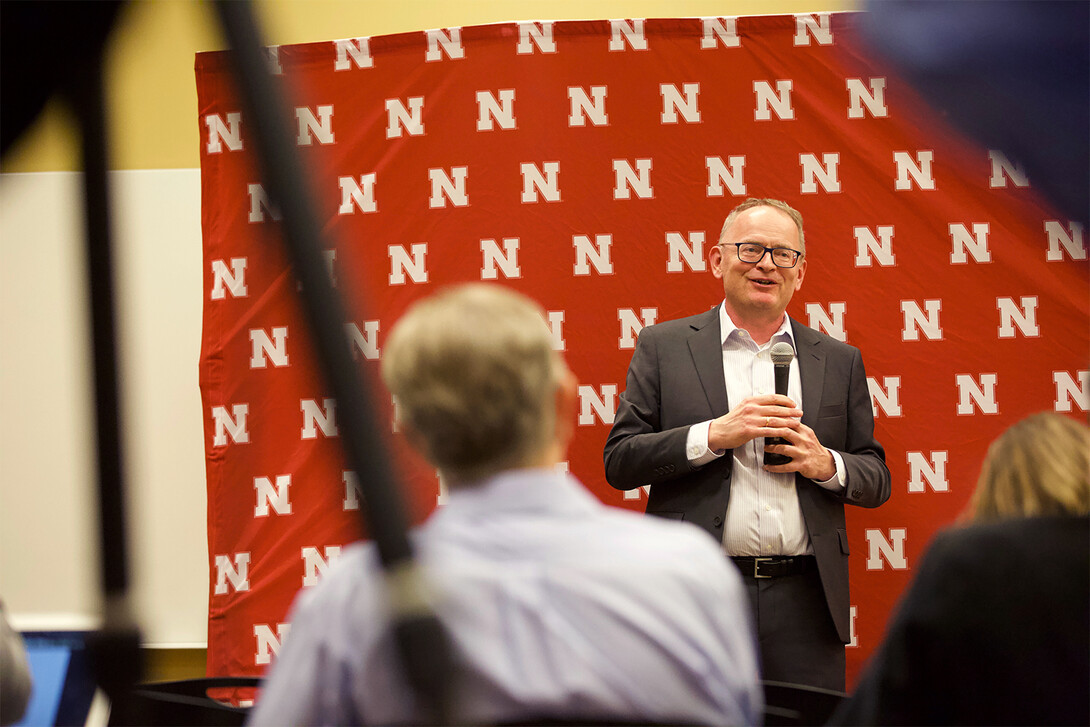
Another member of the Food for Health Center, Amanda Ramer-Tait, said she considers Research Media Day and other outreach events as opportunities to convey her passion for her work.
“I’m very fortunate to have a job that I’m excited about,” she said. “I’m hopeful that others can see that enthusiasm and be excited for the research that’s being done at Nebraska.”
Getting and keeping anyone’s attention long enough to absorb a science-based message is tricky, Ramer-Tait said, given the unprecedented amount of information flooding their screens and competing for their time. By putting science front and center, she said, Research Media Day gives Nebraska scientists a chance to accomplish that.
“I’m hopeful that through events like this, where scientists can communicate what we’re doing and the importance of it — even if it’s just a short, tiny snippet of what we do — that we can move to the top of someone’s interest list for a few minutes and communicate our message so that, ultimately, they can make better decisions about their lives.”







